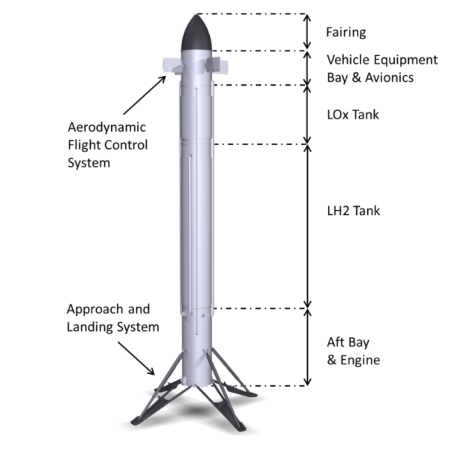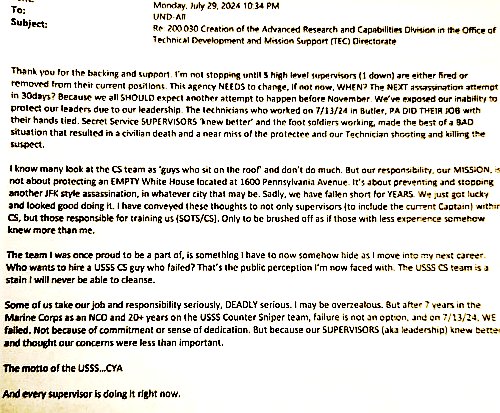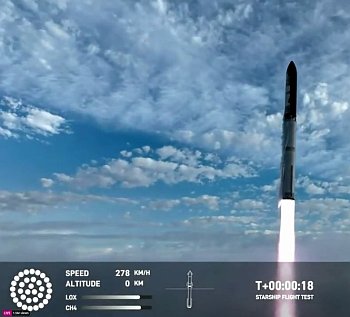August 1, 2024 Quick space links
Courtesy of BtB’s stringer Jay. This post is also an open thread. I welcome my readers to post any comments or additional links relating to any space issues, even if unrelated to the links below.
- Dawn Aerospace unveils a docking and fuel port for satellites
The company hopes that many satellite manufacturers will buy it to add to their payloads for later refueling and even de-orbit operations.
- New Horizons researchers publish paper outlining the results of their ground-based survey of potential asteroids in the probe’s future path
There are two key take-aways: 1. No asteroid appears reachable for a close fly-by. 2. The data suggests however that there is an unexpected high population of asteroids much farther out than expected.
Courtesy of BtB’s stringer Jay. This post is also an open thread. I welcome my readers to post any comments or additional links relating to any space issues, even if unrelated to the links below.
- Dawn Aerospace unveils a docking and fuel port for satellites
The company hopes that many satellite manufacturers will buy it to add to their payloads for later refueling and even de-orbit operations.
- New Horizons researchers publish paper outlining the results of their ground-based survey of potential asteroids in the probe’s future path
There are two key take-aways: 1. No asteroid appears reachable for a close fly-by. 2. The data suggests however that there is an unexpected high population of asteroids much farther out than expected.













